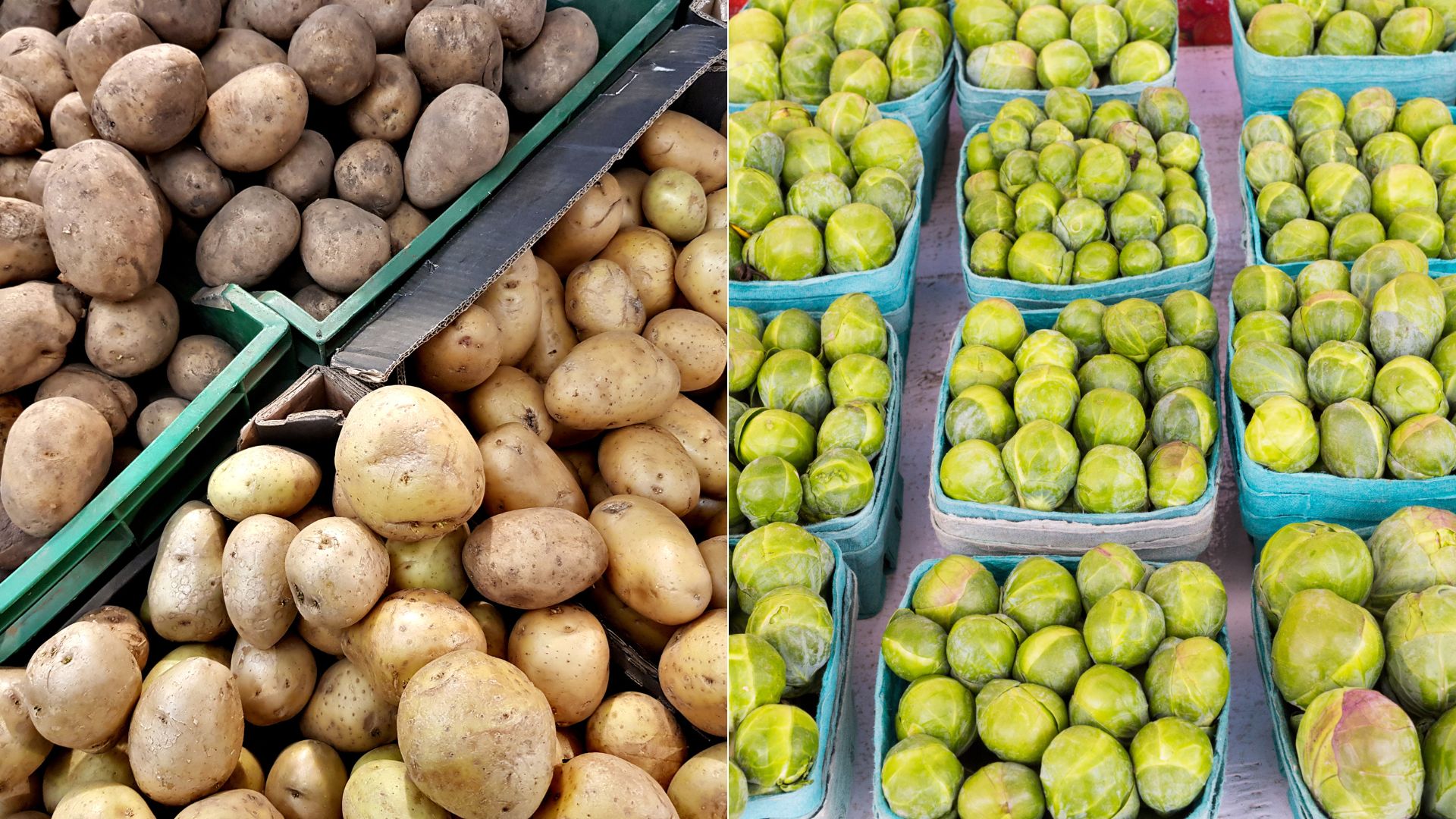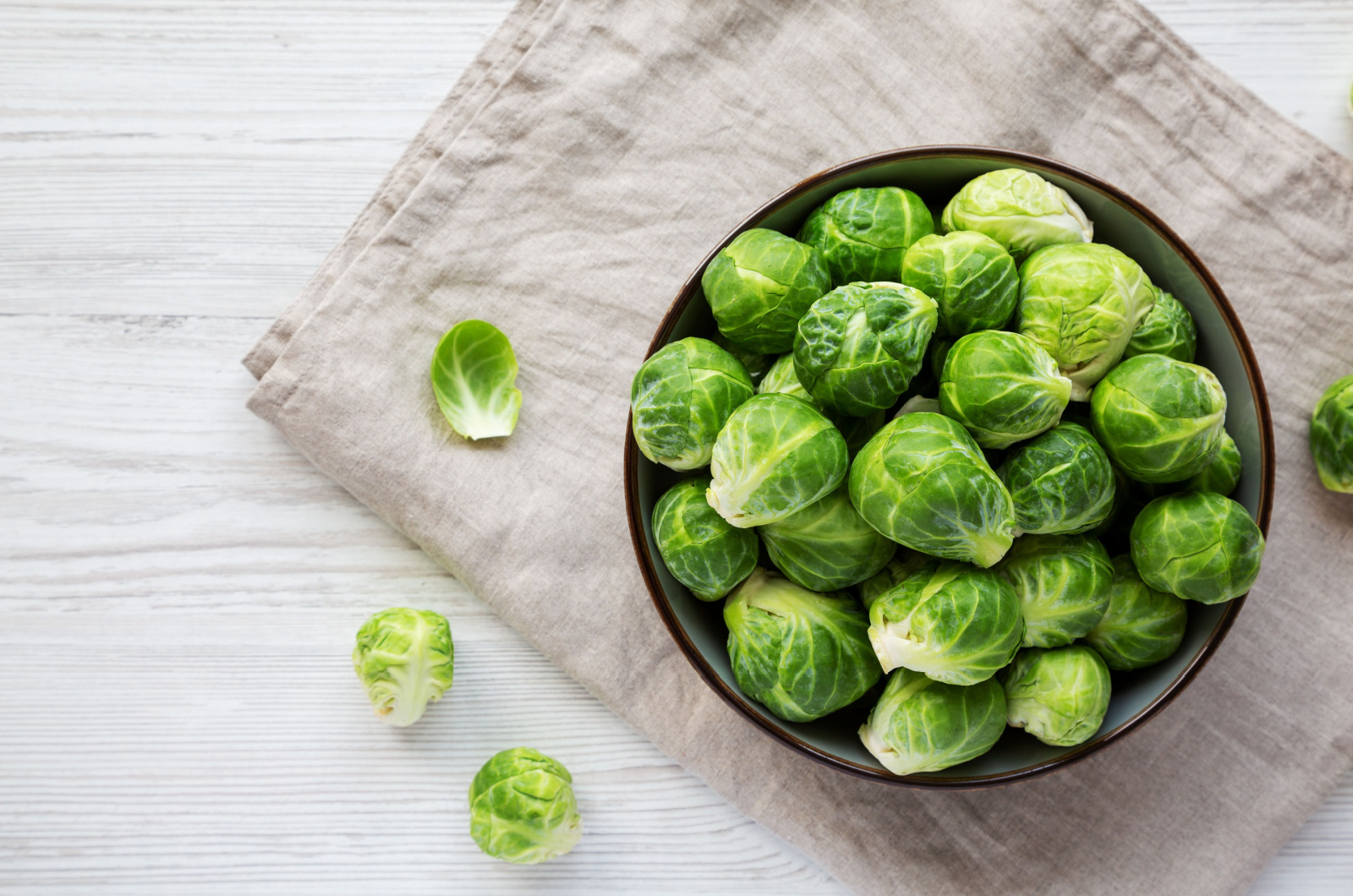After a bountiful vegetable harvest, you should do everything in your power to make your veggies last longer. This is especially important for root vegetables, which can last for several months if stored properly.
In this article, we are going to discuss the best ways to store potatoes, broccoli, pumpkins, and many more veggies!
Let’s get started!
1. Potatoes
Potatoes are root vegetables that can last relatively long. However, they must be preserved carefully in order to avoid sprouting, turning soft, or even worse, becoming moldy.
These should also be placed in cold, dry, and dark places because exposure to moisture and light can lead to rotting. Stay away from airtight containers and provide them with good ventilation.
Potatoes can last for weeks or even the whole winter if they are stored in a proper way.
2. Alliums
Garlic, shallots, and onions are all Alliums. These can last for a long time if they are stored properly. It’s important to keep them in a cold, dry, and well-ventilated location that is not exposed to direct sunlight.
Most gardeners keep them in garages or storage sheds. If stored adequately, garlic can last up to about half a year – but if you break the cloves apart, they can only last two or three weeks.
If onions are your favorite veggies, then you should check: How To Grow Unlimited Green Onions Like A Pro
3. Brussels Sprouts
Brussels sprouts are nutritious veggies that are super beneficial for our health, so you’ll want to store them for longer usage (although your kids might not agree on that!).
Keep individual sprouts in their original packaging or in a dish lined with cling film. Don’t forget to create a few air holes before placing them in the refrigerator drawer.
Experts say that Brussels sprouts produce a very small amount of ethylene and are extremely vulnerable to its effects, which is why it is important to keep them in the refrigerator since they will turn yellow and rot if they are exposed.
You might also be interested in: All You Need To Know About The Brussel Sprouts Growing Stages
4. Broccoli
Just like we mentioned earlier with Brussels sprouts, broccoli also emits, and is extra vulnerable to, ethylene. So, to make it last longer, wrap your broccoli firmly in foil and put it in the fridge.
The tin foil can help it keep fresh for up to a month!
If you are new to growing broccoli, you might also be interested in: Ultimate Guide On How To Grow Broccoli From Stem And Seed
5. Pumpkin
If you have a bountiful pumpkin harvest, I doubt that you’ll be able to use them all right after harvesting. Luckily, pumpkins have thick skins which allow them to last longer in storage (up to three to four months).
It’s important to leave several inches of stem still attached to the pumpkin when harvesting because they are less likely to rot this way. Place your pumpkin in a cold, dry location with proper airflow (a garage or pantry will work just fine).
When storing pumpkins, you should put them upside down to help them keep their sturdy form, but also to prevent rotting. Put them on top of something (like a piece of cardboard) to avoid direct contact with the floor and keep them fresh for longer.
Also read: What To Expect During Different Pumpkin Growing Stages
6. Spinach And Kale
Spinach and kale don’t have a long shelf life compared to the abovementioned veggies. However, that doesn’t mean that you shouldn’t store them properly!
First, wash your spinach and kale and dry them with a paper towel because excess moisture can lead to “premature mold”. Don’t keep your spinach next to ethylene-producing veggies like Brussels sprouts or broccoli (unless it’s kept in an airtight container).
I usually store my spinach and kale in glass containers in the refrigerator, but you can also put them in airtight containers.
You might also be interested in: The Best Methods For Growing Spinach Indoors




